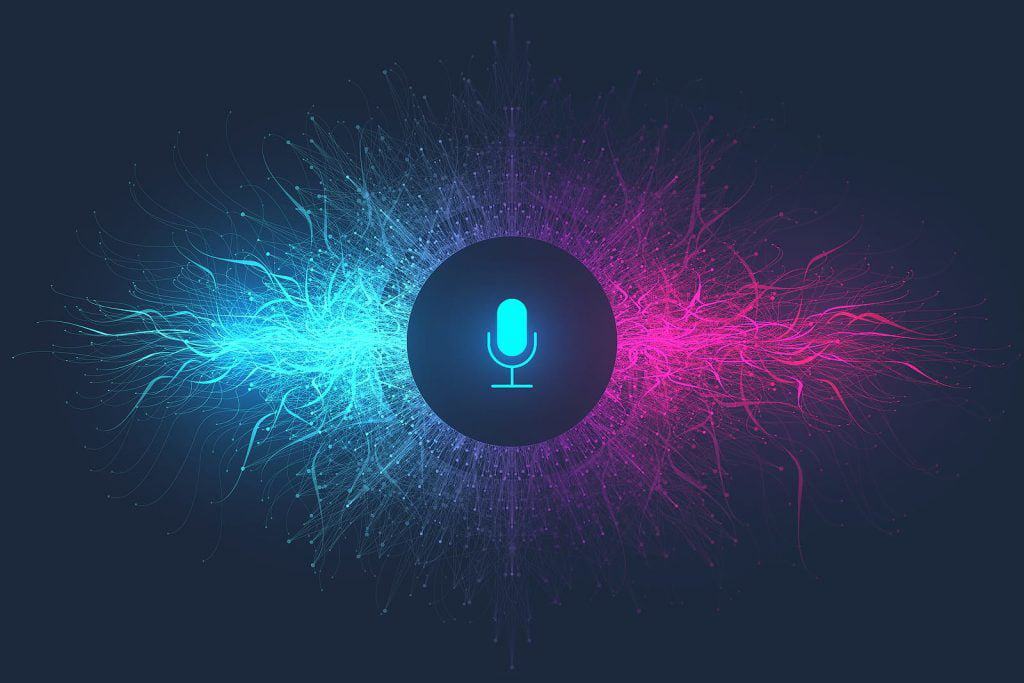We are surrounded by it. It’s there every time we go out, in the office, in the supermarket, in some stores and restaurants, but above all, in stations, airports, and the factory. I’m talking about noise. We are often unaware, but loud and unpleasant sounds are a form of pollution that damages our physical and mental health. Fortunately, technology helps us. Let’s see how.
Today I want to talk to you about this disturbing, irritating, and very harmful phenomenon that is noise, and then how to combat it or at least mitigate it thanks to the solutions provided by technology.
We all experience it and suffer from it, at least those of us who live in cities… you go out into the street, you hear the roar of traffic, or you come across a construction site and hear the sound of the hammer. Further on, a truck collects the garbage containers, eliminating contamination but giving us another with the noise of its engine.
The effects of noise range from sleep problems, fatigue, stress, and anxiety, to cardiovascular and hearing disorders. Furthermore, prolonged noise exposure can negatively affect concentration and productivity at work and study. It has been shown that the child presents cognitive deficiencies if, for example, his school is near airports or roads with a lot of traffic.
That child will learn to read later, be more restless and aggressive, and get tired sooner. On the other hand, he will have a greater tendency to social isolation. In the same way, various experiments have shown that cancerous processes appear and develop more quickly at very high noise levels. For adults, it generates stress and anxiety, makes us unproductive, and even puts us in a bad mood.
The World Health Organization (WHO) estimates that it is tolerable to withstand 55 decibels daily. From 75 dB, the noise can be harmful, and at 120 dB, we reach a level of pain that leads us to cover our ears. A conversation at average volume is around 60 dB. A truck can produce between 70 and 90 decibels (dB). Aircraft and ambulance sirens can exceed 120 dB. In cities, 80% of all noise comes from road traffic.
For these reasons, it is essential to combat and isolate noise in our daily lives.
The first thing we must do is not generate it; it’s a question of respect and good manners. Therefore, be aware in a restaurant or store, in a station or office, that our conversation, if raised in tone, or our mobile phone, if we do not keep it quiet, will annoy other people.
Fortunately, thanks to technological advances, there are practical solutions to reduce and eliminate noise in different environments, thus improving our quality of life and well-being. Let’s see some of these solutions:
Acoustic panels
Designed to reduce reverberation and echo in closed spaces. According to a test conducted by the Fraunhofer Institute, acoustic panels can reduce noise by up to 10 decibels (dB). Sound-absorbing panels are designed to absorb a wide range of frequencies. They are made from high-density materials, such as fiberglass or mineral wool. They are available in different shapes and sizes to suit different environments. If acoustic panels are installed in a public space, you will notice comfort, and the place will be more pleasant.
Vehicle Noise Reduction Systems
These systems use microphones and speakers to reduce noise inside the vehicle. According to a study by the University of Warwick, vehicle noise reduction systems can reduce those annoying sounds by up to 4 dB. An example of a vehicle noise reduction system is Jaguar Land Rover’s Active Noise Control, used in one of its models. Electric and hybrid vehicles, by their nature, are silent. Still, in the same way, they must be conveniently insulated when reaching speed on the road.
Acoustic Windows
These windows are designed to block outside noise. According to a test conducted by the Danish Building Research Center, acoustic windows can reduce noise by up to 45 dB. An example of acoustic windows is Saint-Gobain’s double-glazed window system, used in residential and office buildings worldwide. I live on a street with a lot of traffic, and I don’t notice the noise, thanks to the thick double glazing with a camera on the windows. I recommend it.
Acoustic construction materials
From bricks or blocks to prefabricated plaster, they incorporate materials that allow noise absorption thanks to absorbent foams and glass wool that form a noise barrier. Construction standards for hotels and homes in Europe and the United States involve the creation of chambers or voids between the walls that separate homes. So that, for example, we do not hear the neighbor snoring. According to a study conducted by Harvard University, acoustic building materials can reduce noise by up to 10 dB.
And if none of the above is within reach because you live in one of those noisy countries where combating this auditory scourge is not a priority or is seen as unnecessary, then buy yourself some Noise-canceling headphones: These headphones use microphones to detect ambient sound and then output a reverse signal to cancel the noise. According to a study conducted by Consumer Reports, noise-canceling headphones can reduce noise by up to 20 dB.
So now you know, bring peace to your life and isolate yourself as much as possible from harmful noises.


